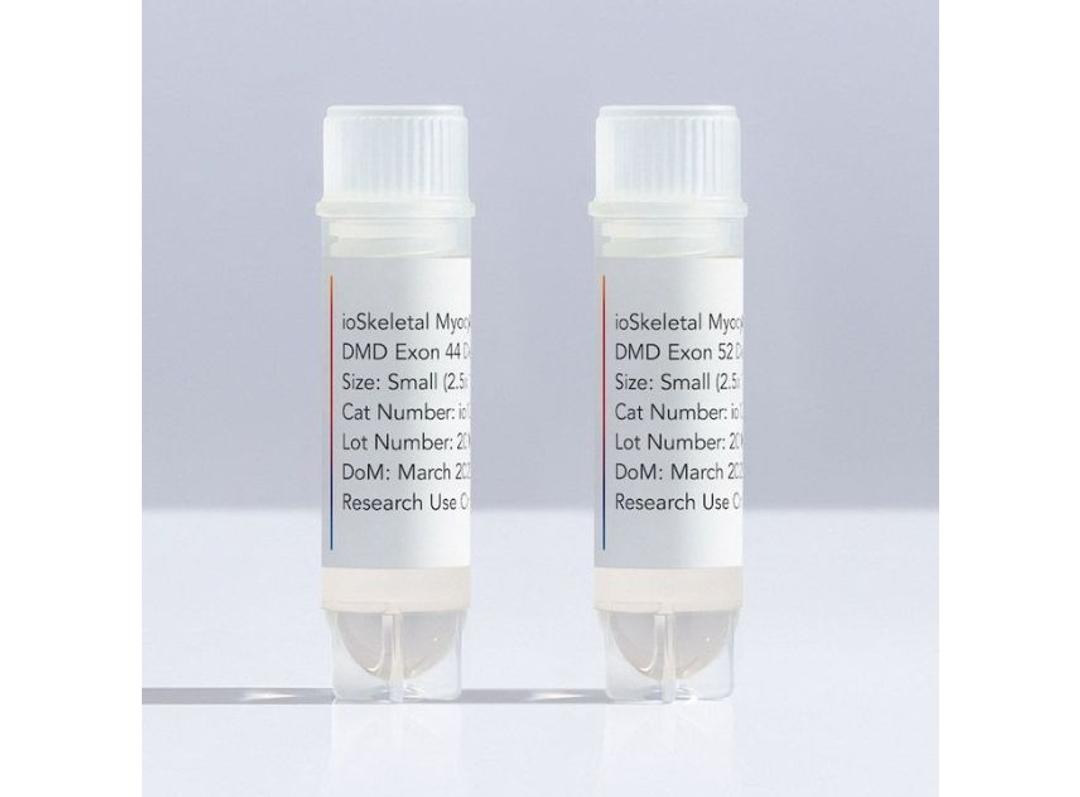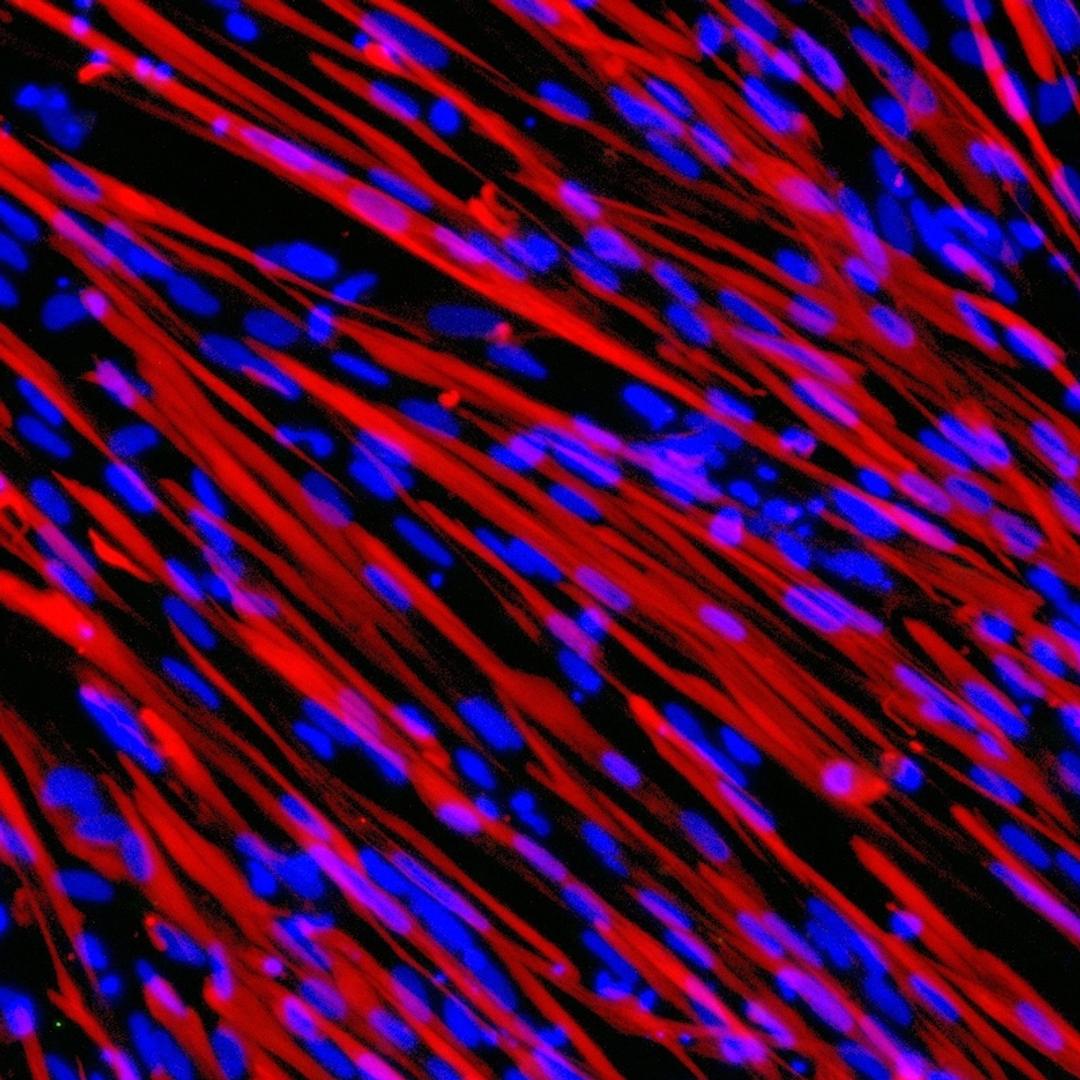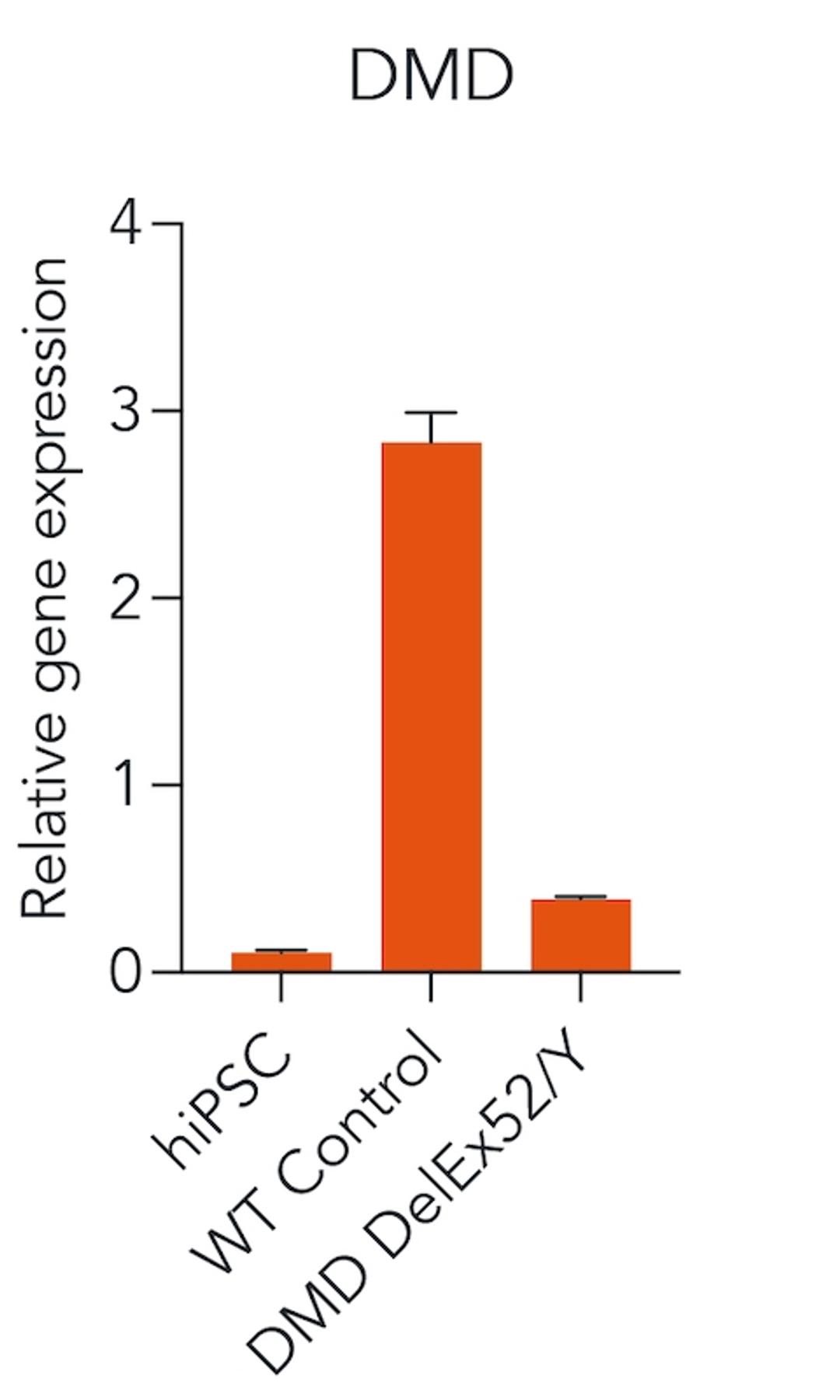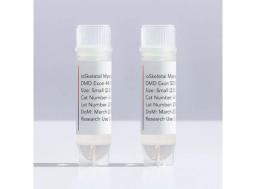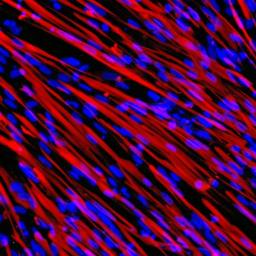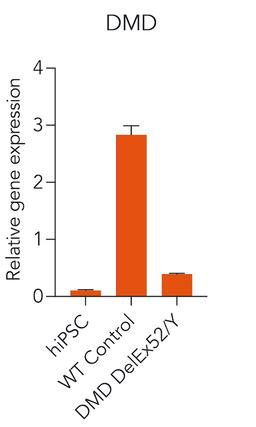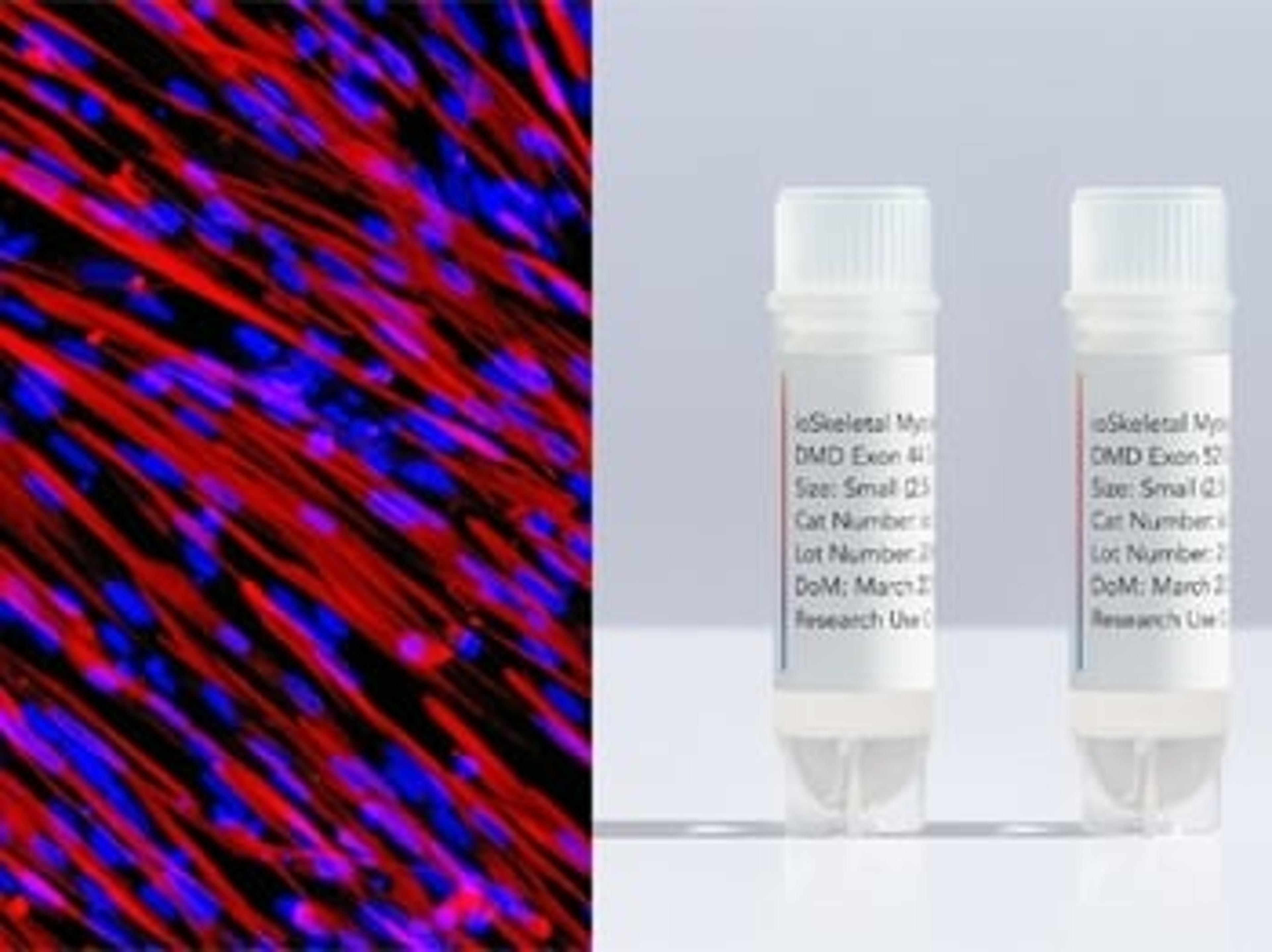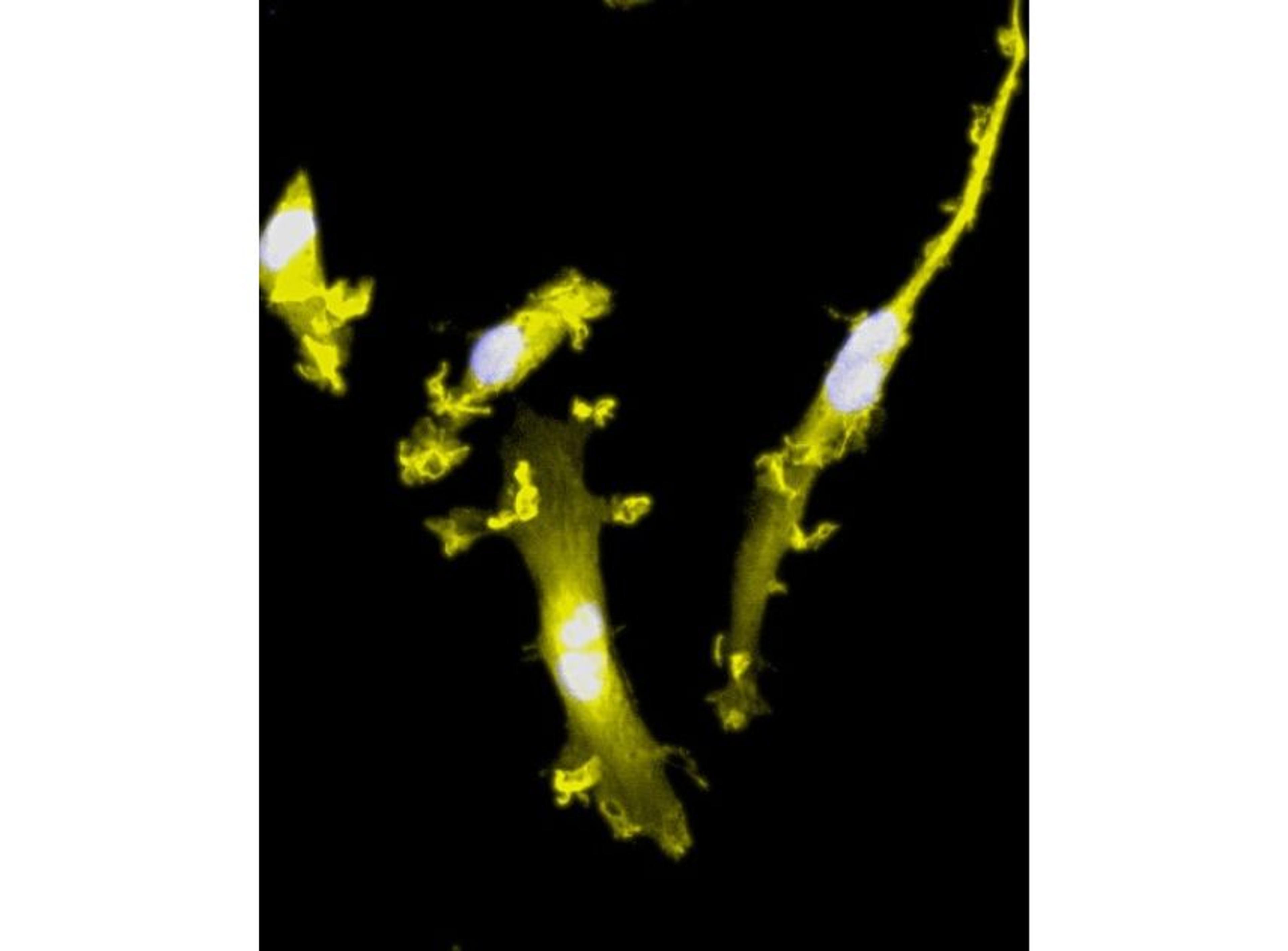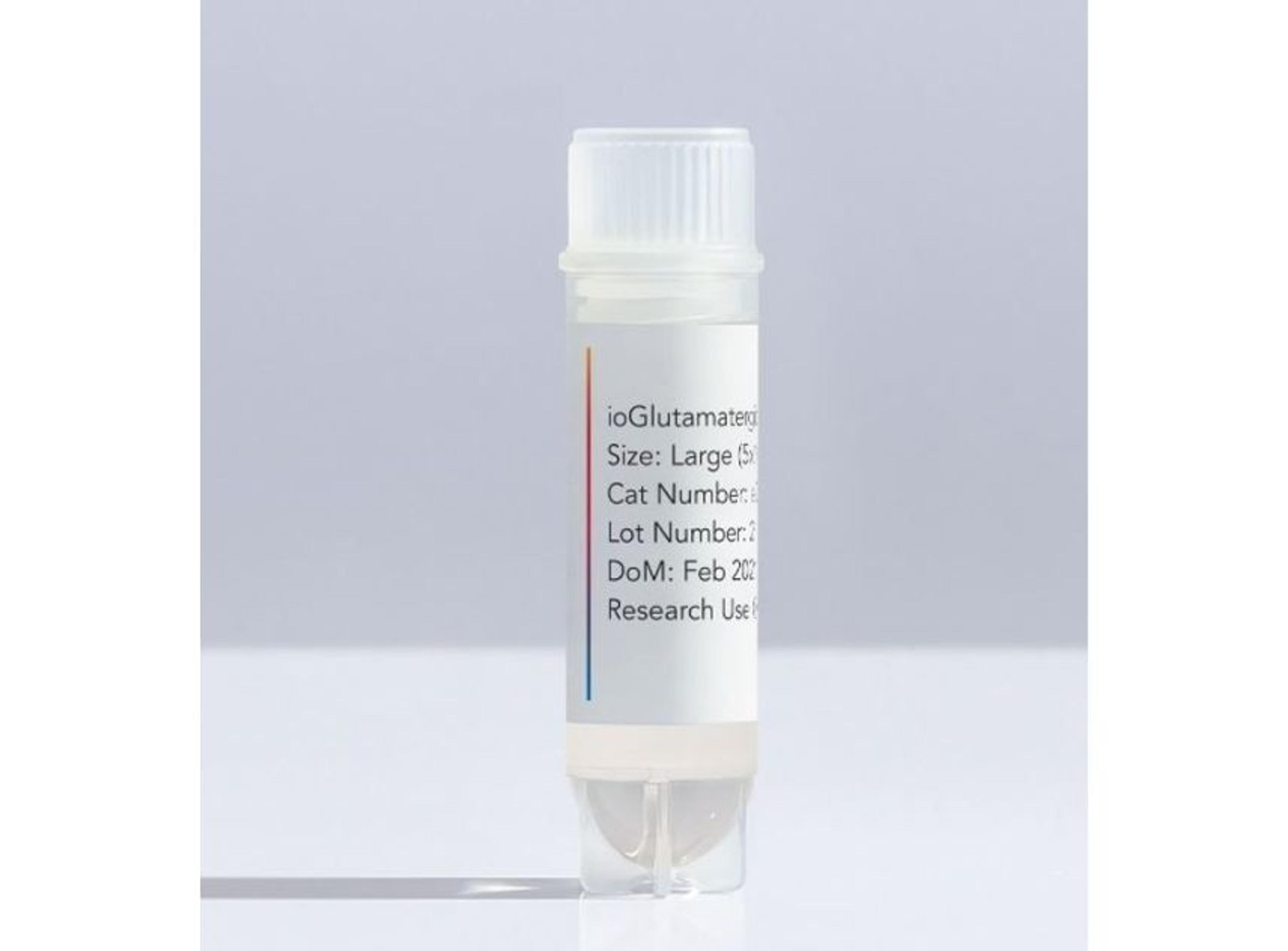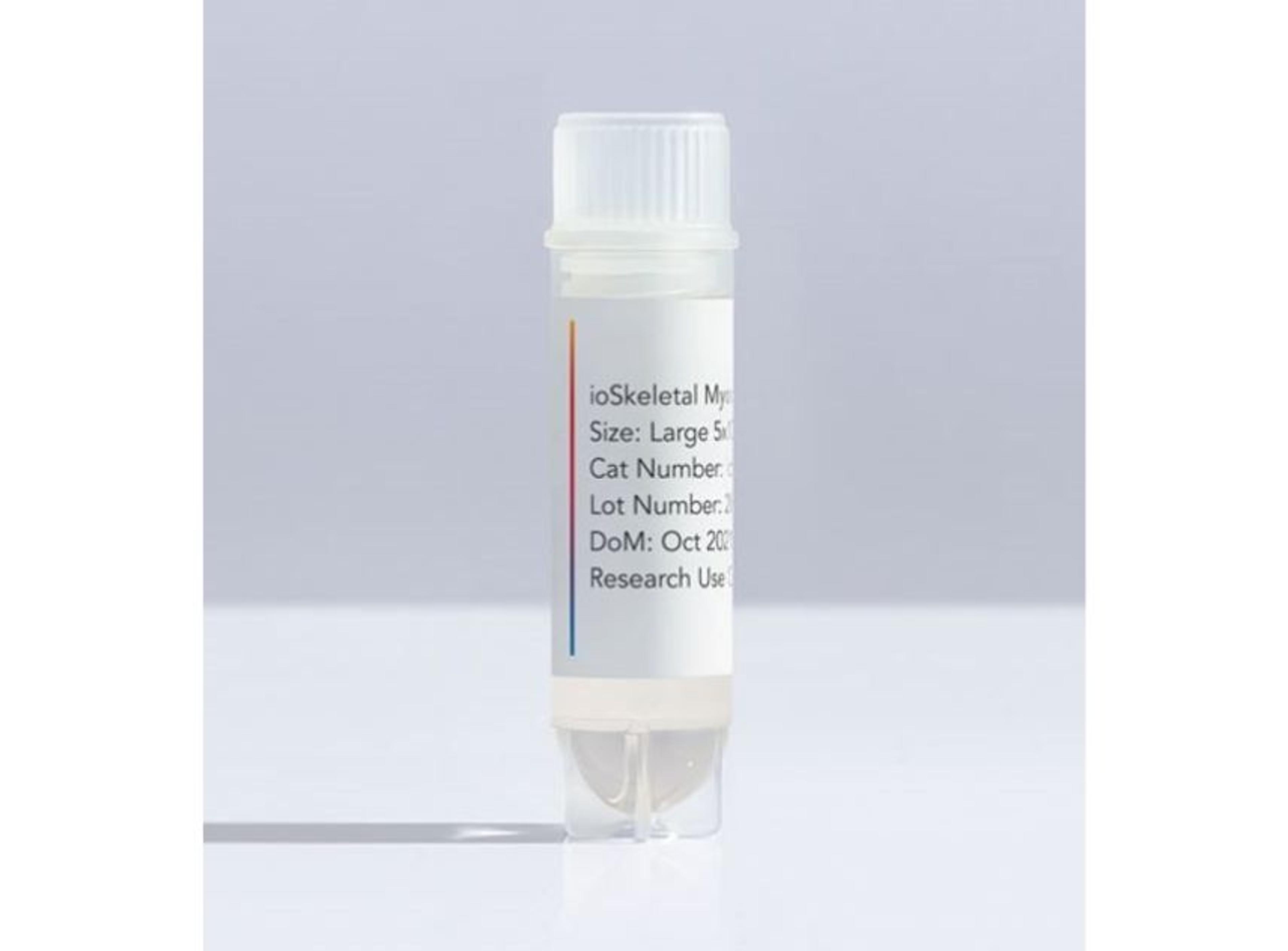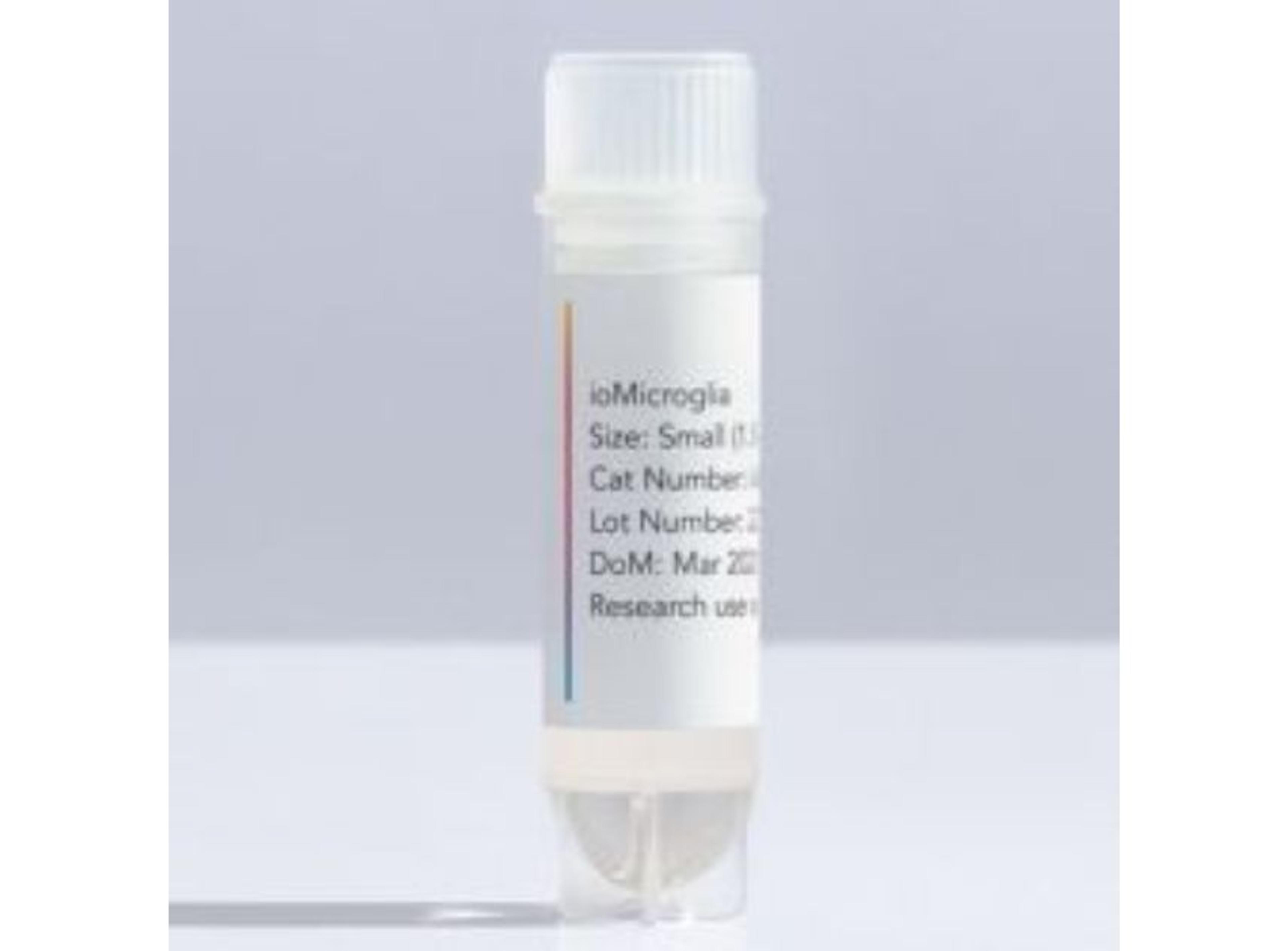ioSkeletal Myocytes DMD Exon Deletion disease models - Human iPSC-derived model of Duchenne muscular dystrophy
ioSkeletal Myocytes DMD Exon Deletion disease models are built to help improve the translatability of data generated during the discovery of new candidate drugs for Duchenne muscular dystrophy.
ioSkeletal Myocytes DMD Exon Deletion disease models are first-of-their-kind human iPSC-derived skeletal muscle cells containing single exon deletions in the DMD gene. The cells lack dystrophin expression, as observed in Duchenne muscular dystrophy patients. Independent partners have successfully restored dystrophin expression in these cellswith antisense oligonucleotide-mediated exon skipping, as part of their drug discovery program. Scientists are enabled to study the exon deletion’s impact on human muscle biology and investigate methods of dystrophin restoration in a human and disease-relevant context, leading to more translatable data.
As the ioSkeletal Myocyte DMD Exon Deletion disease models are powered by opti-ox they have consistency built in. The cells can also be paired with an ioWild Type isogenic control, so any observed differences can be confidently attributed to the exon deletion in the DMD gene. These features enable researchers to simplify and standardise their cell culture. This supports the scale-up of cell-based assays to 384-well multi-plate formats, ultimately accelerating the identification of potential drug candidates.
Key features
- Disease-related phenotype: Immunocytochemistry shows a lack of dystrophin in the DMD Exon 44 Deletion cells, and dystrophin restoration has been demonstrated by ASO exon skipping.
- Consistent: Our platform ensures consistency, scalability, and reproducibility, overcoming the challenges associated with the use of primary muscle cells and immortalised cell lines.
- Make true comparisons: Pair the DMD disease model cells with the genetically matched wild-type skeletal muscle cells to study the impact of the deletion, or test methods for dystrophin restoration.
Applications
- ASO-mediated exon skipping
- Muscular dystrophy research
- Dystrophin restoration
- Muscle disease modelling

